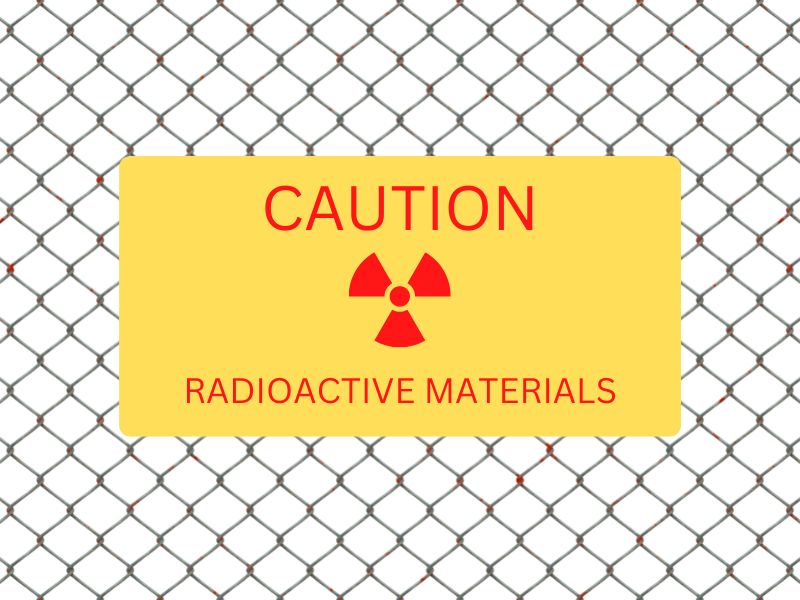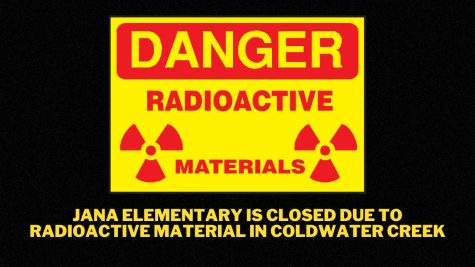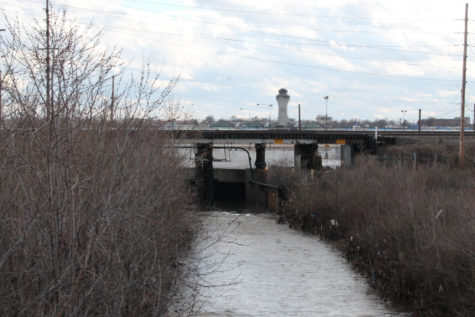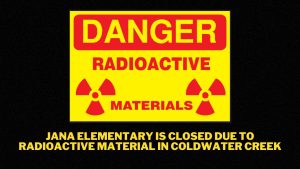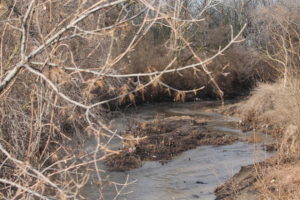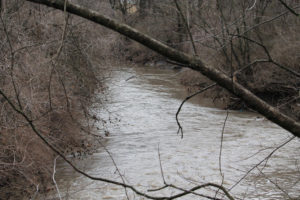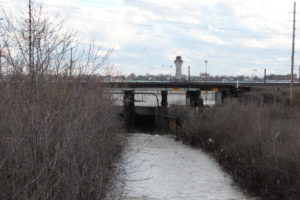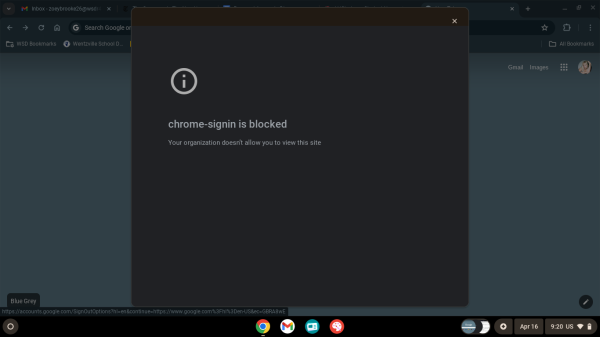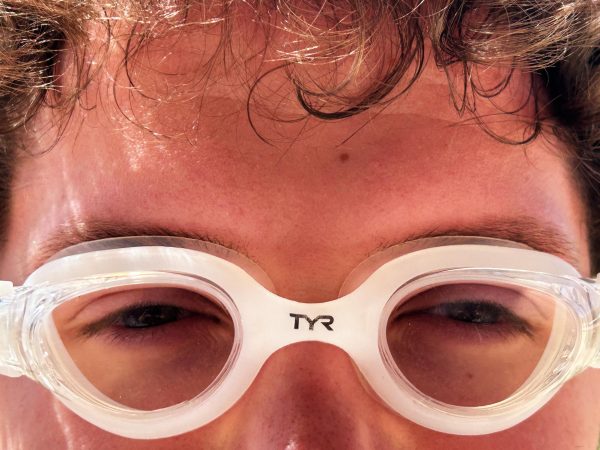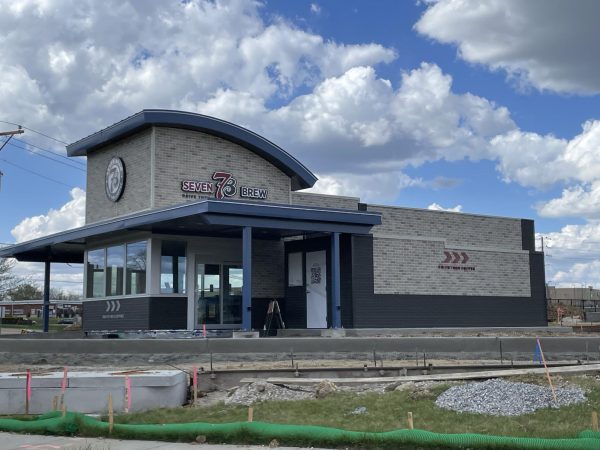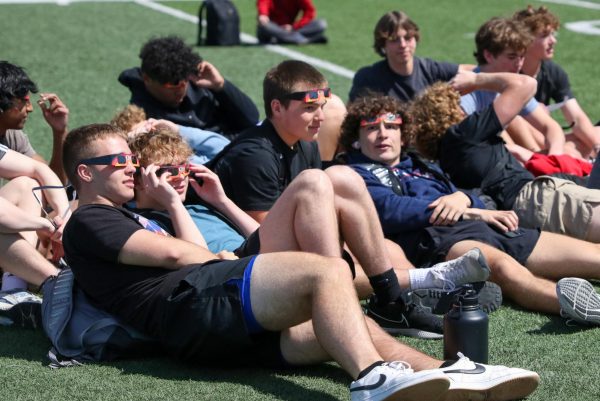The Deadly Truths of Coldwater Creek
Coldwater Creek’s heartbreaking history of radioactive contamination
The chain link fence “protecting” civilians from the hazards of Coldwater Creek.
October 27, 2022
As children, a lot of people spend their time playing outside in nature. For one community though, it became deadly.
With a high diagnostic rate of rare cancers as well as autoimmune diseases in the communities surrounding North St. Louis County’s Coldwater Creek, suspicion arised. It was not until investigations took place that the residents became aware of the disturbing history that had been beneath their homes. In 1942, the U.S government chose St. Louis as a processing center of uranium for the first atomic bombs. This activity led to contamination of several St. Louis County City and County areas with Uranium 235 and radioactive decay isotopes.
A mom, who was worried about her children’s safety, came to Facebook for awareness. Karen Nickel, who had been experiencing this contamination since living in her childhood home, is the founder of “Just Moms,” a growing Facebook group. As an adult, she moved 1.5 miles away from her family home to raise her family unaware that once again she moved into an area contaminated by radioactive waste. After learning about what she was exposed to, she started the West Lake Landfill group in 2012, where she met Dawn Chapman. In March 2014, the two of them founded “Just Moms STL.” In an interview with Washington University ProSPER, Nickel stated “Fifteen people on my street alone had died of very rare cancers, and a lot of those people were in their later 30s, earlier 40s.”
Liberty social studies teacher Matthew Barker talked about what it was like growing up in North County. The creek that ran behind his childhood home has left many burying their close friends. A map of Barker’s hometown has shown many childhood places that became affected by contamination including schools he had attended, baseball fields, and parks. They all have a common factor running through them: Coldwater Creek. Barker spoke about attending funerals after funerals of childhood friends stating, “Why are we doing this? What amount of profit makes this worth it?”
Liberty environmental science teacher Mark Herkenhoff shares his thoughts about the radioactive waste sites as someone who grew up closely to the creek. Herkenhoff reminisces on the freedom children had back in the 1980s and the 1990s – a world before electronics. During his childhood, he often biked with his friends. They would bike by Jana Elementary, a school just recently shut down due to contamination. During siblings or parents baseball, softball and soccer games, they often found themselves playing at St. Ferdinand Park, including the creek. When Herkenhoff was asked his feelings on the creek he responded, “The creek is a mess. I don’t think that it will ever truly be remediated.”
The creek is a mess. I don’t think that it will ever truly be remediated. — Mr. Herkenhoff
What we know today as Coldwater Creek happens to be the reminiscence of stored radioactive waste. In the 1940s, St. Louis was an integral part of the Manhattan Project. The Mallinckrodt Chemical Works processed huge amounts of uranium that was needed for the building of the first atomic bomb at their plant in downtown St. Louis. The waste from the downtown plant was transported and stored at a site just North of The St. Louis Airport Site (SLAPS) from 1947 to the 1960s. After this the waste was moved to Latty Avenue just half a mile from SLAPS after being purchased by Continental Mining and Milling company.
The issue that occurred though is that the waste was not stored sufficiently at either site. The first waste site SLAPS is located at the headwaters of Coldwater Creek, which drains into the Missouri River. The end result of this is harmful contaminants washing into nearby Coldwater Creek. Upon being moved to Latty Avenue, later known as The Hazelwood Interim Storage Site (HISS), the site was open air. They hoped that this site being open that radioactive waste would air out prior to transport. Improper handling and transportation of the waste along routes and adjacent vincity properties formed the site known as vicinity properties (VP). The original sites of the continents (HISS and SLAPS) were turned over to the Army Corps of Engineers for cleanup activities.
Uranium-238 leaks spread into Coldwater Creek, creating a mode for radioactive material to travel through North County. The Army Corps of Engineers is still testing areas along Coldwater Creek to this day. In 1973, material from SLAPS and HISS was dumped illegally into West Lake Landfill resulting in 46 acres of contaminated soil. Despite the residents of North County sending repeated requests throughout the years for the landfill to be turned over to The Army Corps of Engineers, it has yet to happen. The only protective order for the public currently in place is a chain link fence around the site.

